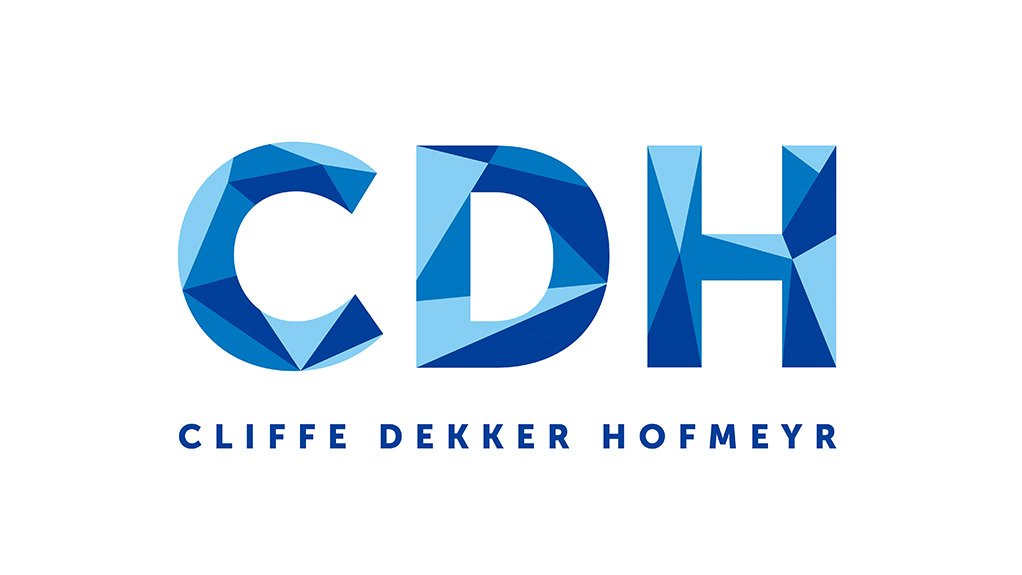What happens when one institutes proceedings against a defendant and only later realises that another defendant should have been joined?
The Rules of Court specifically provide for a procedure for joining a new defendant to an existing action. The procedure is relatively simple: the plaintiff brings an application to join the new defendant to the main action. Once this joinder application is successful, the plaintiff amends its particulars of claim to include the new defendant/s and the new defendant can thereafter enter a plea. The main action then proceeds as normal.
The joinder application procedure is more convenient than instituting fresh proceedings against the new defendant, as it allows the plaintiff to deal with their claim against both defendants at once and reduces costs. But does the service of an interlocutory joinder application interrupt prescription against a new defendant?
A claim generally prescribes three years after a debt becomes due. The Prescription Act, No 68 of 1969 (Act) provides that prescription is interrupted when the debtor is served with any “process” whereby the creditor claims payment of the debt. Therefore, where a summons is served on a defendant, there is no question that prescription is interrupted.
The Act, however, is not clear as to whether this “process” includes a joinder application. The lower courts have handed down conflicting decisions on this topic. Then came Peter Taylor and Associates v Bell Estates (Pty) Ltd 2014 (2) SA 312 (SCA).
In the Peter Taylor case, Bell Estates sued the underwriter of an insurance policy, as it had repudiated a claim made by Bell Estates under the policy. Bell Estates later became aware that the underwriter’s repudiation arose due to the fact that its insurance broker, Peter Taylor and Associates, had been negligent. As a result, Bell Estates attempted to join Peter Taylor and Associates to the main proceedings by way of a joinder application.
The joinder application was served on Peter Taylor and Associates within the three year prescription period, but the application was not finalised until after the expiry of the three year period. Peter Taylor and Associates contended that the claim against it had prescribed, as service of the joinder application was insufficient to interrupt prescription against it.
The Supreme Court of Appeal (SCA) concluded that the test to determine whether a specific “process” (in this case the joinder application) is sufficient to interrupt prescription, is two-fold:
- firstly, the court must look at whether the joinder application and the main claim (for payment of the debt) are sufficiently close to one another; and
- secondly, in order to determine whether the two are sufficiently close, it must be determined whether the issues raised in the joinder process, finally dispose of any elements in the main claim. In light of this test, according to the SCA, a joinder application would not finally dispose of any elements relating to the liability of Peter Taylor and Associates and therefore does not constitute a “process” for the purpose of interrupting prescription.
One could argue that this approach is inconsistent with the general purpose of prescription: to penalise unreasonable inaction on the part of the creditor. In an instance where a notice of joinder is served on the new defendant before the claim has prescribed, it is incorrect to claim that there has been inaction on the part of the plaintiff in prosecuting its claim against the new defendant.
In light of this judgment, it is extremely important that all potential defendants be cited in an action well within the prescribed time period, and that any parties who have not been cited are joined as soon as possible.
Alternatively, when prescription is looming, a plaintiff would be wise to issue a separate summons against the new defendant after which they can take steps to consolidate the two actions.
Written by by Fiorella Noriega Del Valle and Jonathan Ripley-Evans, Cliffe Dekker Hofmeyr
EMAIL THIS ARTICLE SAVE THIS ARTICLE
To subscribe email subscriptions@creamermedia.co.za or click here
To advertise email advertising@creamermedia.co.za or click here











